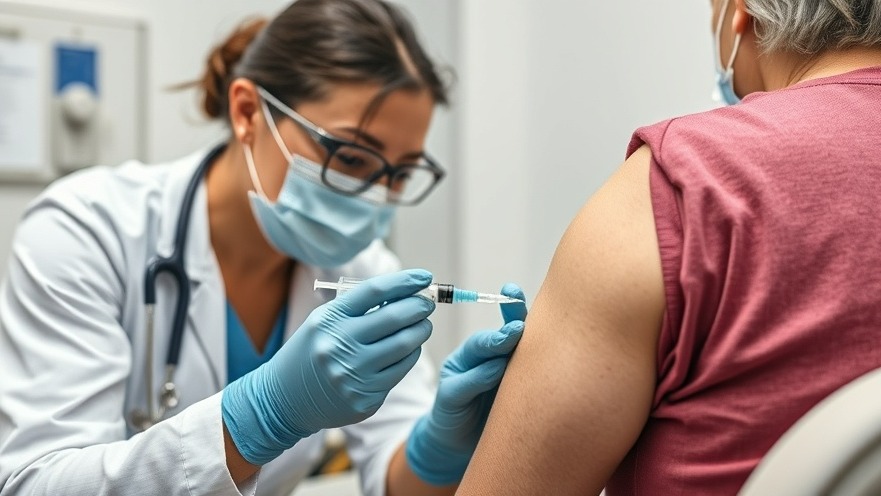
The Decline of Insulin Prices: A Medical Breakthrough
The recent GoodRx report reveals a significant development in the healthcare sector—insulin prices have dropped an impressive 42% since 2019, falling from $0.33 to $0.19 per unit. This rate is the lowest recorded in a decade. For patients managing diabetes, this news brings hope and medication affordability, addressing a persistent issue that has historically pushed many to ration their doses or even forgo necessary treatments.
The Role of Regulatory Changes in Cost Reduction
A notable catalyst for lower costs is the Inflation Reduction Act, which caps out-of-pocket insulin expenses at $35 per month for Medicare beneficiaries. Moreover, renowned manufacturers like Eli Lilly and Sanofi have voluntarily cut prices on popular insulin products while enforcing caps on costs for those with commercial insurance. These concerted efforts are shifting the landscape, allowing patients more access to essential medications.
How Generics and Biosimilars Influence Insulin Affordability
The introduction of generics and biosimilars is pivotal in driving price decreases. These alternatives are not only cost-effective but also enhance competition among manufacturers, thus further lowering prices. For example, traditional insulins such as Novolin R and Novolin N are now available at average prices as low as $0.02 per unit, making them a viable option for numerous patients.
Choosing the Right Insulin: Cost vs. Convenience
While insulin pens are popular for their convenience, vials typically carry lower prices. This is crucial for patients who may be budget-conscious. One practical step for clinicians is to discuss insulin options with their patients, highlighting the benefits of older insulins and the potential for substantial savings.
Comparative Pricing: Why It’s Important
Even in the face of falling prices, many individuals may still struggle to afford insulin. Utilizing resources like GoodRx can empower patients and practitioners alike. Encouraging patients to compare prices across different pharmacies can yield significant savings. This practice not only assists patients but may also help enhance the practitioner’s reputation within the community as a resourceful and supportive professional.
Saving on Insulin Costs: A Practical Guide
While prices are declining, affordability remains a challenge. Here are some actionable insights for both healthcare providers and patients:
1. Manufacturer Savings Cards and Patient Assistance Programs: Encourage patients to take advantage of programs offered by pharmaceutical companies to minimize or eliminate out-of-pocket costs.
2. Price Comparison: Help patients understand the value of shopping around; tools like GoodRx can help find the best prices at various pharmacies.
3. Discuss Options with Healthcare Providers: Open dialogue regarding switching to more affordable traditional insulins or utilizing vials can make a remarkable difference in managing costs.
The Future of Insulin Affordability
This decline is not just a momentary shift; it signals a broader trend towards making medications more accessible to those who need them the most. While several challenges remain, these developments present opportunities for healthcare practitioners to redefine their approach to patient care regarding diabetes management.
Staying abreast of insulin pricing can be transformative for health practitioners. By integrating price-conscious practices into their offerings, they enrich their community value and can retain and attract patients who may have previously felt burdened by their medical costs.
 Add Row
Add Row  Add
Add 






Write A Comment